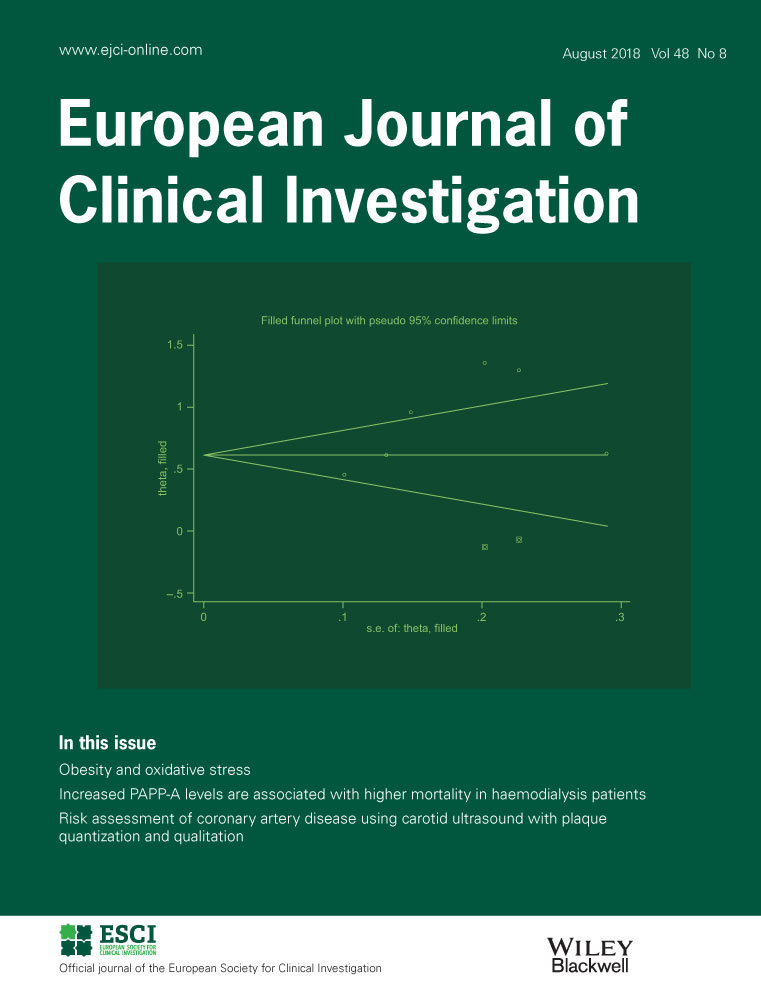Concordance-discordance between apolipoprotein B and lipid biomarkers in predicting 20-year atherosclerotic cardiovascular disease risk: The ATTICA study (2002–2022)
Abstract
Background
A strong correlation exists between low-density lipoprotein cholesterol (LDL-C), non-high-density lipoprotein cholesterol (non-HDL-C), and apolipoprotein B100 (apoB). However, evidence suggests that LDL-C and non-HDL-C may underestimate apoB, potentially obscuring residual cardiovascular risk. Furthermore, interactions between apoB and lipoprotein(a) are implicated in atherogenesis. This study sought to determine whether discordance between apoB, LDL-C, non-HDL-C, or lipoprotein(a) is associated with 20-year atherosclerotic cardiovascular disease (ASCVD) risk within a cohort of apparently healthy adults.
Methods
A cohort of 3042 CVD-free adults residing in greater Athens, Greece, was recruited in 2002. A 20-year follow-up was conducted in 2022, comprising n = 2169 participants, of which n = 1988 had complete data for cardiovascular disease incidence. Discordance between biomarkers was defined based on recommended lipid thresholds. Cox proportional hazards models were used to assess the association between discordant/concordant biomarker pairs and 20-year ASCVD risk.
Results
ApoB strongly correlated with LDL-C and non-HDL-C, though concordance was limited. Increased 20-year ASCVD cumulative incidence with elevated apoB levels, beyond LDL-C, non-HDL-C, and lipoprotein(a). Discordance analysis revealed that elevated apoB independently predicted increased 20-year ASCVD risk, regardless of non-HDL-C and lipoprotein(a). However, this effect was observed only on concomitantly elevated LDL-C levels. Incorporating apoB into the assessment of traditional modifiable risk factors elucidated part of the previously residual 20-year ASCVD risk, especially in individuals with elevated LDL-C, non-HDL-C, or lipoprotein(a) levels.
Conclusions
ApoB may be a superior biomarker for assessing long-term ASCVD risk, indicating that apoB-containing lipoprotein particle number, rather than cholesterol content, is a more robust predictor of ASCVD risk.


 求助内容:
求助内容: 应助结果提醒方式:
应助结果提醒方式:


